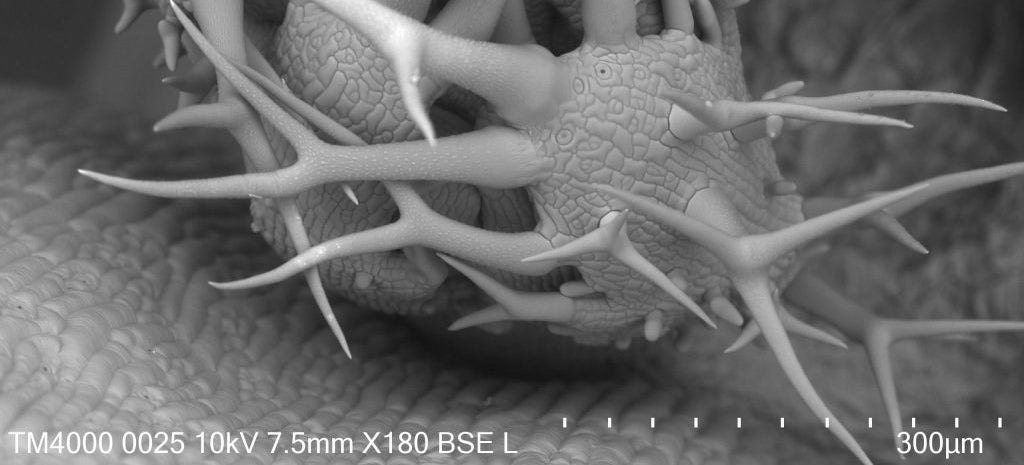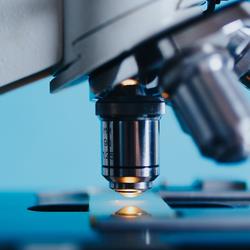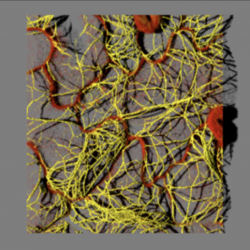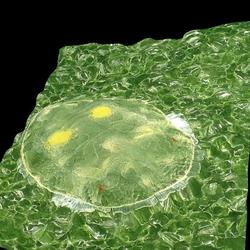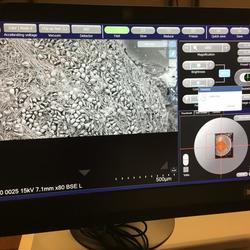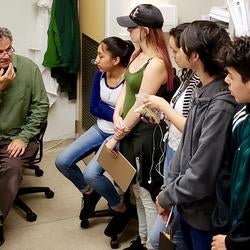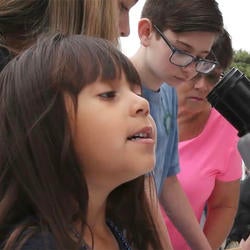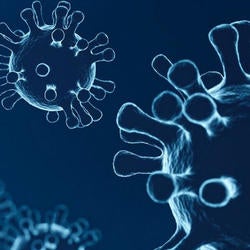About Us
The facility houses state of the art and legacy equipment including four confocal microscopes, 3D Palm super-resolution, an environmental SEM, a complete set of tissue sectioning instruments, a gene gun, a fluidics robot, fluorescence microscopes, a luminescence dark box, a macro imager and 3D image analysis software. All training is free of charge. All resources can be booked online by the hour, with expert assistance available at no extra charge during business hours.
CNAS Science News
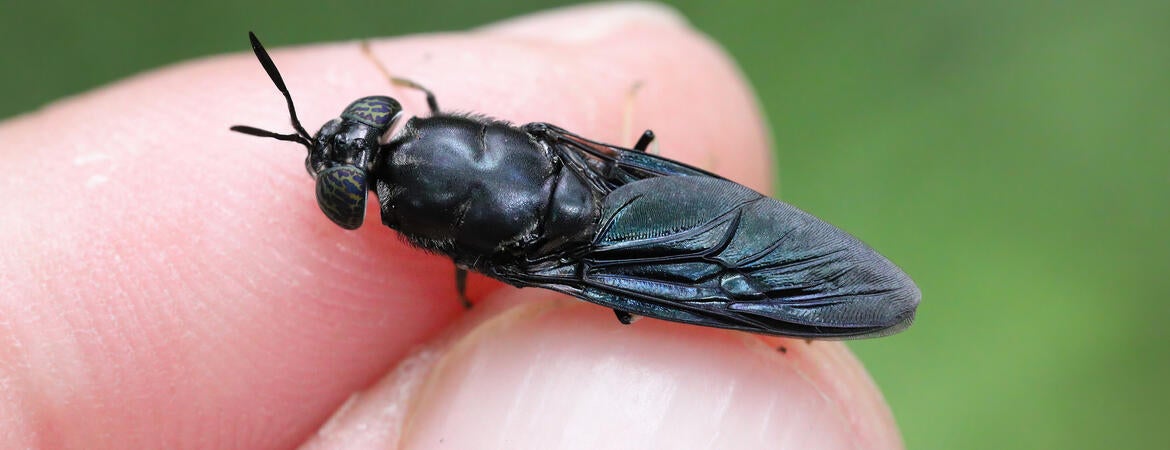
December 23, 2025
A DIY, fly-powered fix for food scraps
A small-scale solution to food waste transforms scraps into high-protein animal feed and fertilizer using black soldier flies.

December 12, 2025
FDA drug trials exclude a widening slice of Americans
A UCR study finds just 6% of clinical trials used to approve new drugs in the U.S. reflect the country’s racial and ethnic makeup, with an increasing trend of trials underrepresenting Black and Hispanic individuals.
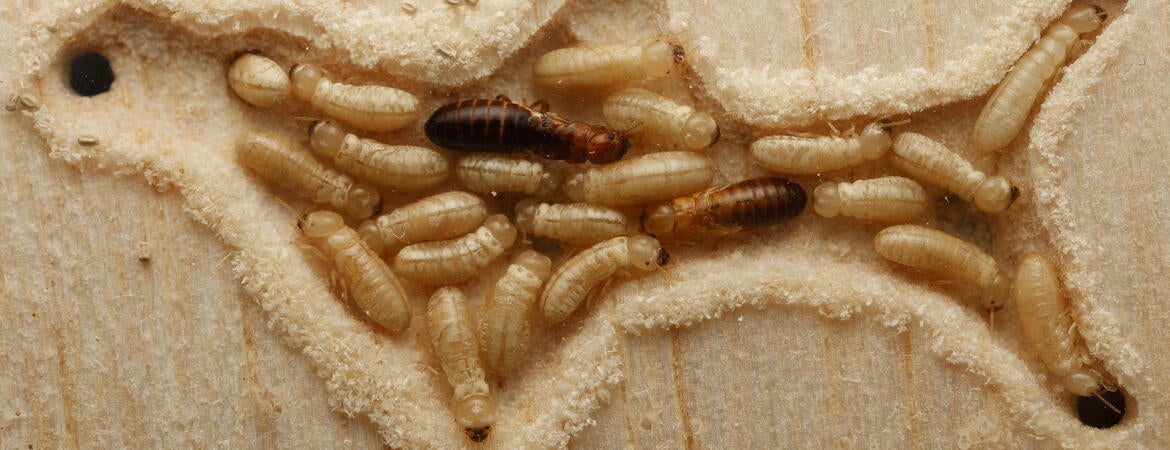
December 10, 2025
Fecal tests reveal active termite attacks
By testing for microbes in termite excrement, researchers can distinguish old droppings from fresh, and whether a colony is actively chewing its way through a home.
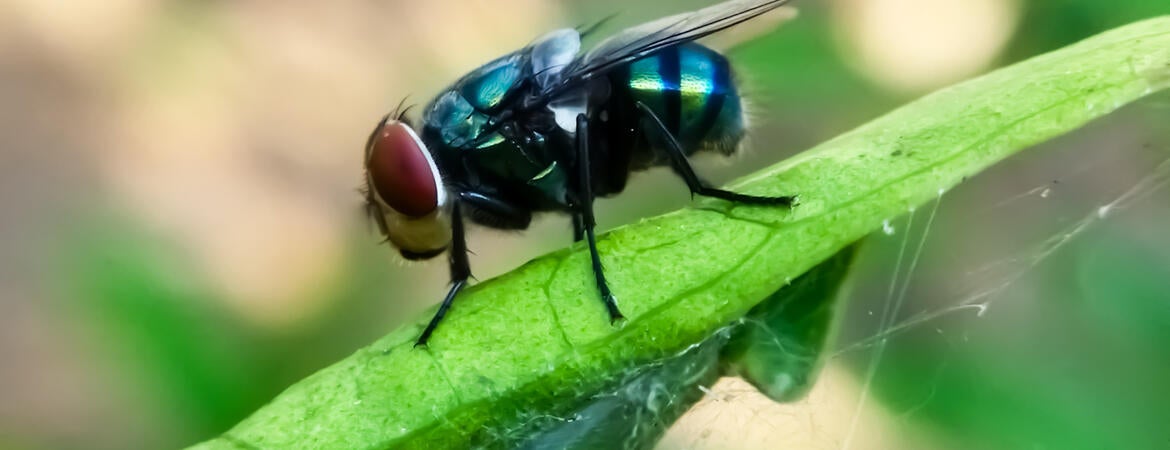
December 04, 2025
Preempting a flesh-eating fly’s return to California
University of California Riverside researchers are launching a preemptive strike against the threatened return of the flesh-eating New World screwworm, a threat to livestock.

